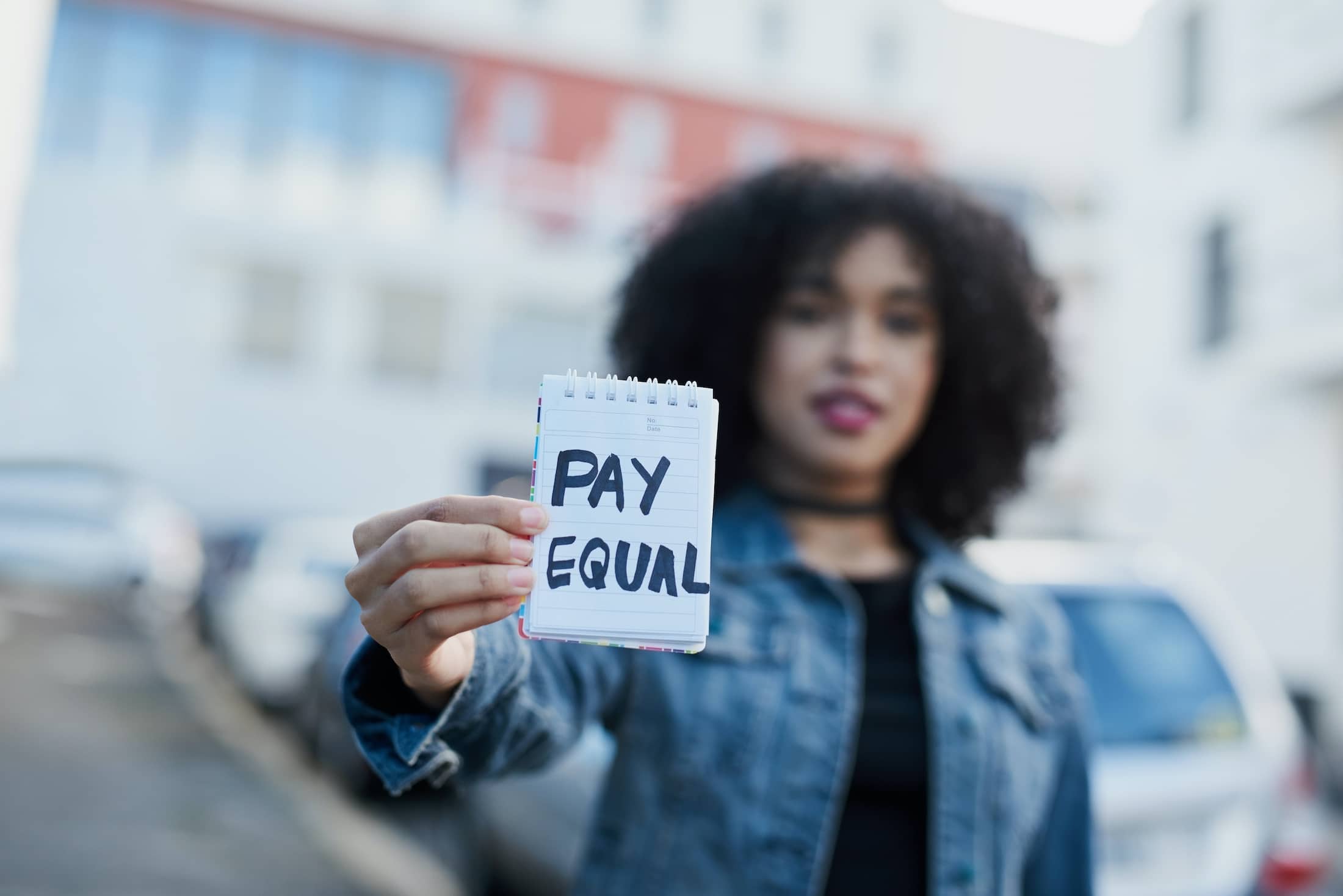While moms famously love a homemade card, freshly picked wildflowers and maybe breakfast in bed for Mother’s Day, what they really want is equal pay. Sadly, if things don’t change, it may take until my great granddaughters’ generation to achieve that in the U.S. That’s the depressing news from the World Economic Forum’s Global Gender Gap Report for 2021.
The report predicts it will take 61.5 years to achieve gender pay equity in North America. If the current trajectory persists, it will take 135.6 years to close the gender gap globally. We lost ground in 2020, thanks to the pandemic, and women are bearing the economic brunt. An April 2021 Washington Post-ABC News poll found that a quarter of women say they’re worse off financially now than a year ago.
The situation is even more dire for women of color, with 27% of non-white women saying they’re worse off now vs. 18% of white women. That’s because women are overrepresented in-service jobs and industries that were most affected by lockdowns, and that they were the ones to pick up the slack at home when COVID-19 disrupted daycare arrangements and schools shifted to remote learning.
People are making rational decisions as individuals and family members about work and parenting duties. In many two-parent homes, preexisting pay inequities made it more likely that a man was earning the higher salary, so when something had to give, it was the woman’s career. And the cascading effects of lower earnings and career disruption will compound for years to come.
What Organizations Can Do to Help
Pay inequity is such an enormous problem that it will take an all-hands-on-deck approach to address it. Governments are playing a more active role in some countries. For example, France created the French Gender Equality Index, requiring companies to provide data to monitor the progress of gender equality within organizations and providing benchmark statistics overall.
Closer to home, California enacted an employee data reporting requirement last year with an aim to level the playing field for women and people of color at businesses that employ more than 100 people. Employers are required to submit data on pay, gender, race, and ethnicity, broken out across categories of employees like executives, managers, professionals, technicians, etc.
The idea behind the law is that by making companies aware of inequities in their workforces, they’ll take steps to address it. Companies of all sizes can be proactive on their own too. Every CEO should ask their HR Chief for employee data and take a look, comparing pay equity across different employee levels and also making sure employees are in the right levels.
Pay Equity Isn’t a One-Off Exercise
As our halting progress and occasional reversals on the path toward gender pay equity show us, this is a complex issue that will take focused and ongoing effort to address. CEOs, HR professionals, managers and other stakeholders can’t simply engage in a one-and-done review, make an adjustment, and call it a day. The drive toward pay equity must be an ongoing commitment.
Salesforce founder and co-CEO Marc Benioff talked about his company’s journey toward equity in his book Trailblazer, which urges businesses to serve as positive social change agents. Benioff addressed the ongoing aspect of the process in an excerpt published in WIRED, noting that it’s crucial to apply the same standards when integrating acquired companies into a corporate culture to make real progress.
As Benioff also noted, the road to pay equity isn’t easy or cheap, but the benefits are incalculable. So, if you’re able to help your organization make progress on pay equity for women and people of color, now is a great time to double down on that commitment. Do it for fairness. Do it for workplace progress and, ultimately, better business outcomes. Do it for moms everywhere.



